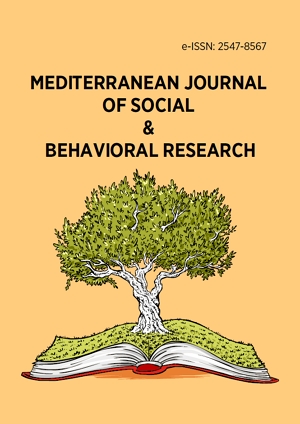Abstract
Academia-industry partnerships have been discussed before by many researchers and during the last two decades and academic spin-offs have received increasing attention from both researchers and practitioners, mainly due to their ability to advance industrial application of scientific knowledge. (Barbara et al, 2013). The outcomes of these spin-offs have not generated much enthusiasm amongst the industry due to consistent failures. This fact can be attributed to the fact that there are concerns which needs to be addressed like clear guidelines on joint ownerships, IP ownership patterns, patents, profit sharing and technology transfer norms amongst others. The idea that universities should go beyond education and research and undertake a third mission of direct interaction and contribution to the industry has found increased attention in past decade. This direct interaction and contribution in the form of university incubations and spinoffs provides a win-win situation for both universities as well as the industry. However, it is not easy to manage these university start-ups. This paper makes an attempt to explore the challenges faced by university spinoffs and present incubators as a potential enabler to overcome such challenges. The study identifies some of the important challenges that university spinoffs face such as product development, technology push problem, finances, market uncertainty, human capital and business strategy. The research tries to facilitate the establishment of clear guidelines for collaborative win-win partnership amongst academia and industry.
License
This is an open access article distributed under the Creative Commons Attribution License which permits unrestricted use, distribution, and reproduction in any medium, provided the original work is properly cited.
Article Type: Research Article
MEDITERR J SOC BEH RES, Volume 1, Issue 2-3, December 2017, 63-71
https://doi.org/10.30935/mjosbr/8310
Publication date: 16 Nov 2017
Article Views: 2113
Article Downloads: 1446
Open Access References How to cite this article
 Full Text (PDF)
Full Text (PDF)